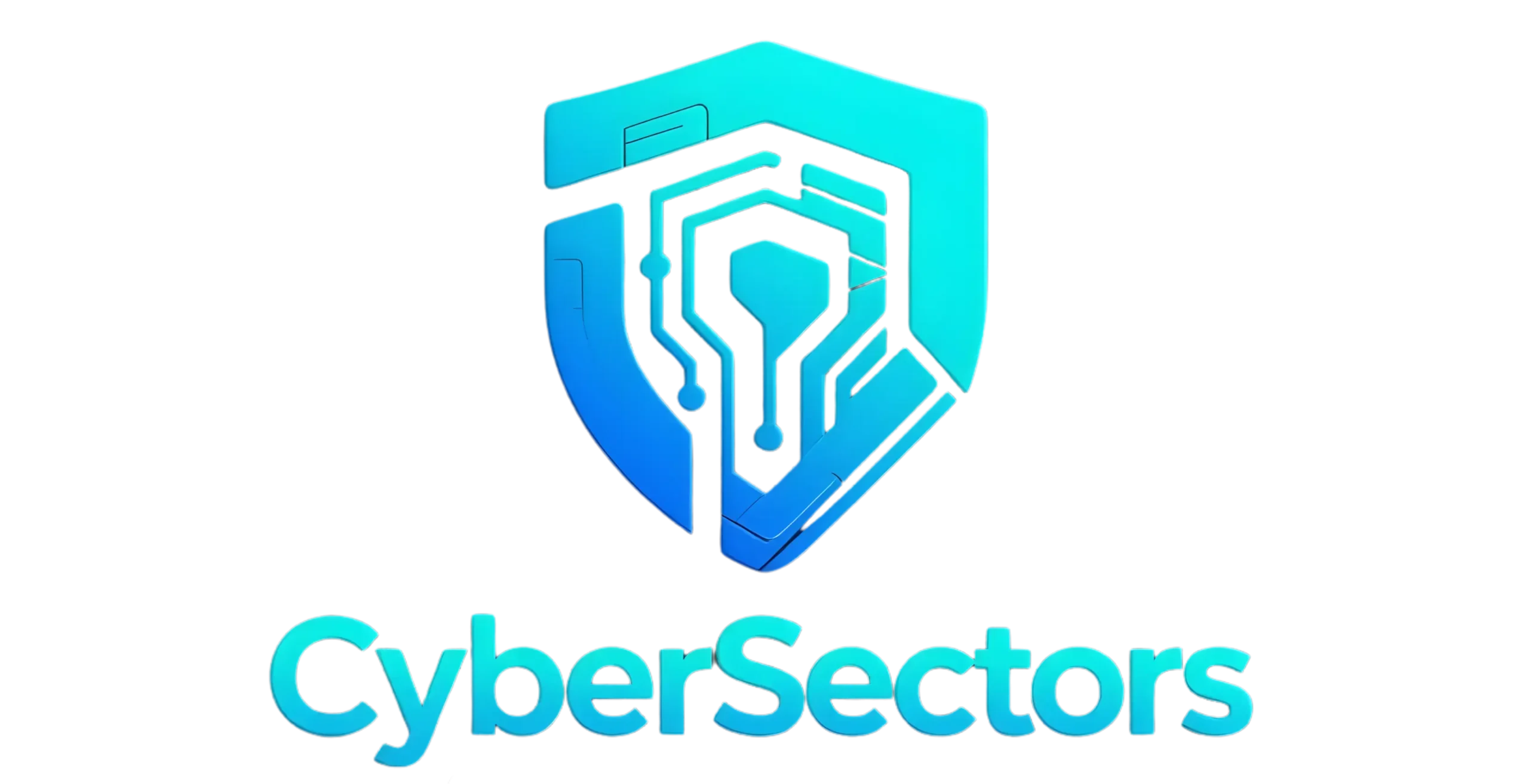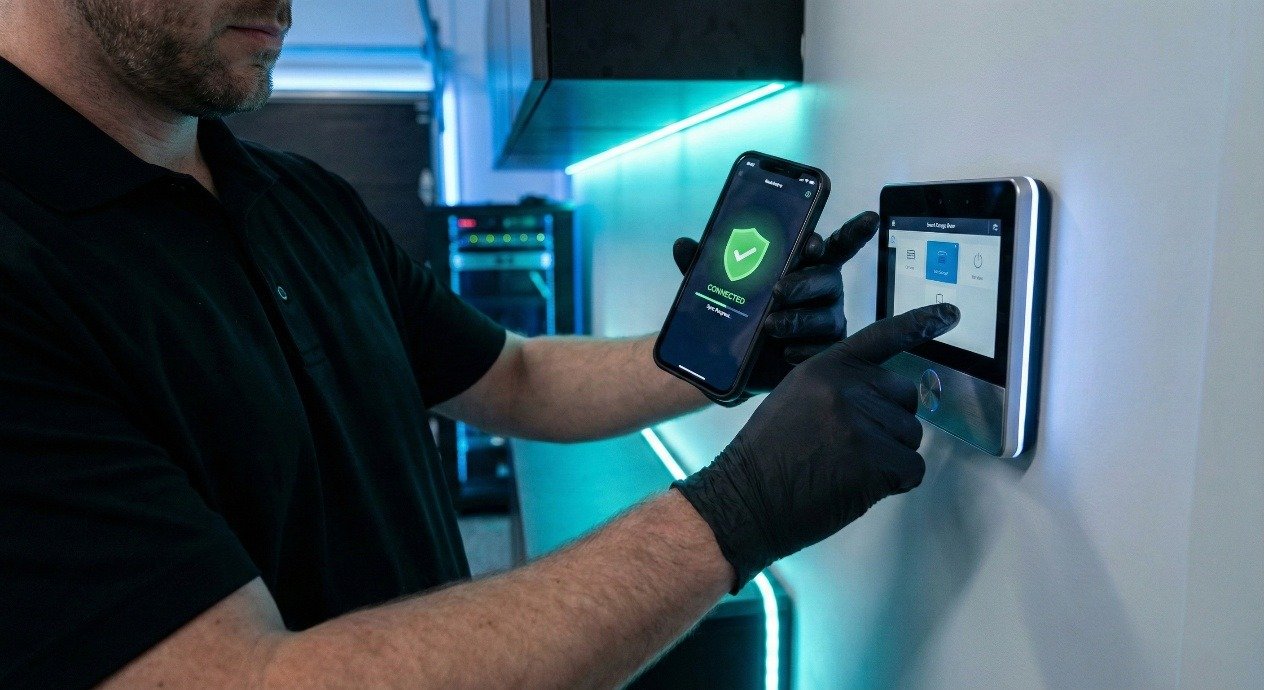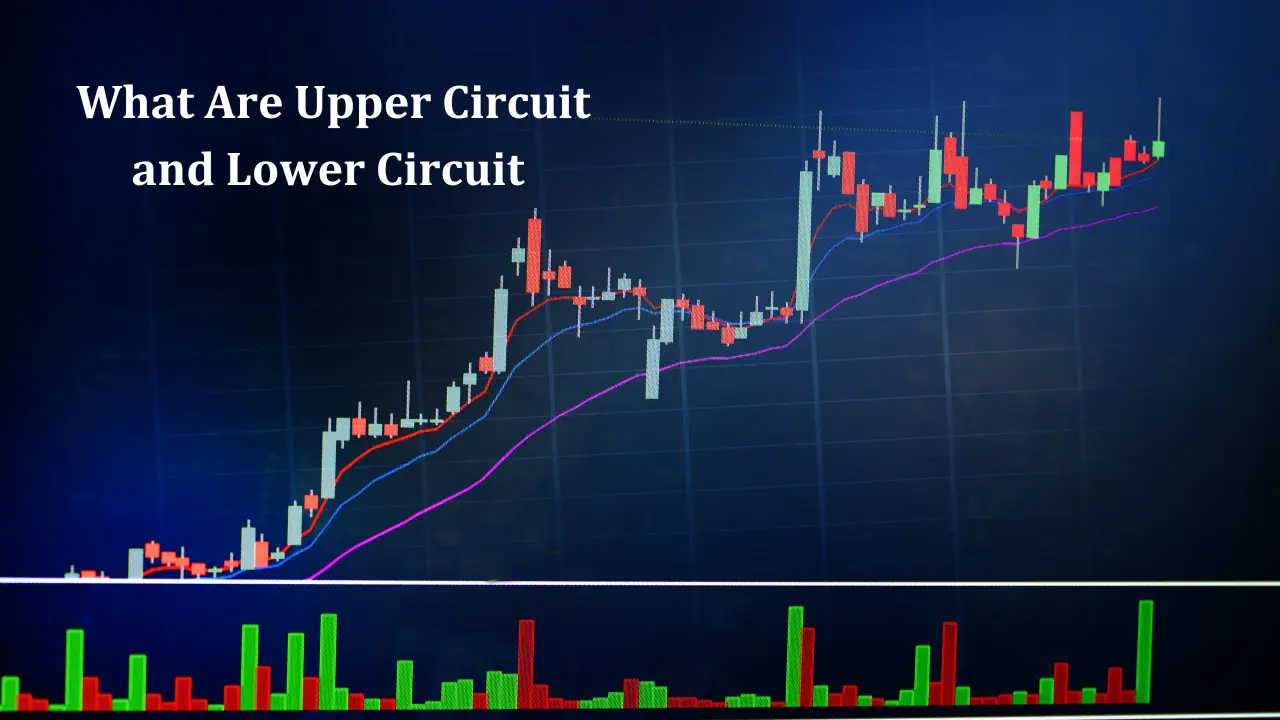The ever-evolving world of technology consistently reshapes the way we perceive and interact with value. Right now, Silicon Valley, often heralded as the epicenter of innovation, is at the forefront of a transformative trend that merges finance and technology. It’s called real-world asset tokenization.
Now, Silicon Valley has a lot going on at the moment. For starters, some of its biggest names, like Oracle co-founder Larry Ellison, are making headlines for helping President-Elect Trump with the election. Tech companies in the Valley are also panicking over Australia’s recent under-16 social media ban.
Yet, amidst all that’s going on, Silicon Valley is still leading the charge with real-world tokenization.
This groundbreaking movement promises to redefine ownership, accessibility, and liquidity in markets traditionally dominated by rigid structures and limited access. At its core, it involves converting physical assets and traditional financial assets into digital assets, making them more dynamic, divisible, and inclusive.
Understanding Real-World Asset Tokenization
Real-world asset tokenization is a process that bridges the tangible and intangible worlds. It is basically turning physical assets like real estate, art, or commodities into digital representations on a blockchain. These tokenized real-world assets are then tradable, secure, and easily accessible across borders.
The concept of such tokenization builds on the principles of blockchain technology, which ensures transparency, security, and efficiency in transactions.
Traditionally, ownership of high-value items such as property or fine art has been limited to individuals with significant capital. Tokenization, championed by Silicon Valley innovators, changes this by dividing these assets into smaller, affordable units represented as tokens. This evolution is making the world of traditional assets more democratic, allowing individuals from diverse economic backgrounds to participate.
The Silicon Valley Vision
Silicon Valley’s role in this revolution is crucial. Home to pioneering minds and cutting-edge technologies, the region has nurtured startups and tech giants alike to explore the potential of tokenized real-world assets.
At the heart of this movement lies a deep understanding of both digital ecosystems and traditional financial systems. This, in turn, enables companies to create solutions that address the inefficiencies and exclusivity of asset management.
Tech leaders in the Valley are particularly focused on using blockchain to overcome the barriers associated with traditional financial assets.
As noted by Polymesh, real-world asset tokenization enables businesses to tap into the DeFi ecosystem to raise capital with ease. It reduces barriers to entry and provides innovative financing options that were previously inaccessible or too costly. This is particularly transformative for emerging markets, unlocking opportunities that were once out of reach.
By decentralizing ownership and improving liquidity, they aim to unlock new opportunities for investors and issuers alike. The growing roster of Silicon Valley-based firms developing tokenization platforms is a testament to this vision.
Transforming Asset Management Through Tokenization
Asset management has long been a domain restricted to institutional investors and high-net-worth individuals. Silicon Valley’s embrace of digital assets through tokenization, however, is disrupting this status quo. By digitizing traditional assets like bonds, stocks, and real estate, innovators are making asset management more efficient and inclusive.
Tokenization not only improves efficiency but also reduces the costs associated with managing physical assets. Traditional processes, laden with paperwork and intermediaries, are giving way to streamlined digital platforms. This transformation ensures that individuals and smaller investors can engage in asset management with ease, eliminating the hurdles of high fees and cumbersome documentation.
Furthermore, the Valley’s tech ecosystem is developing smart contracts to further enhance the efficiency and reliability of asset management. Developing such smart contract apps can cost between $40,000 and $300,000 or more. Yet, given the possibilities, Silicon Valley isn’t stepping away from the opportunity.
These contracts eliminate the need for third-party involvement, ensuring transactions occur only when predetermined conditions are met.
Silicon Valley’s Influence on Global Markets
The innovations stemming from Silicon Valley are not confined to the region itself. The global financial landscape is being reshaped by the ideas and technologies developed in this hub of creativity.
Startups from the Valley are partnering with international organizations to tokenize assets across various sectors. Moreover, the influence of Silicon Valley extends to how global financial institutions perceive tokenization.
Tokenized value is beginning to take root in various areas. Major banks and asset management firms are now exploring ways to integrate tokenized assets into their portfolios.
Repurchase agreements have proven especially ripe for innovation, but tokenization is now making inroads into other markets as well. The future of financial markets may resemble a mosaic of diverse tokenization initiatives.
Such collaboration between tech innovators and traditional financial entities is a clear indication of tokenization’s growing legitimacy and impact.
The Future of Tokenized Real-World Assets
The path ahead for real-world asset tokenization is both exciting and challenging. As Silicon Valley continues to innovate, technology will evolve to address limitations and unlock new possibilities.
By enabling different blockchains to communicate seamlessly, Silicon Valley’s innovators are paving the way for a more interconnected ecosystem for tokenized real-world assets.
Frequently Asked Questions (FAQs)
Can you have physical assets on the blockchain?
Yes, physical assets can be represented on the blockchain as digital tokens, often called asset-backed tokens. These tokens are linked to the ownership or rights of the real-world asset, like real estate or precious metals. While the blockchain ensures transparency and traceability, the physical asset itself still requires traditional management and legal enforcement.
Is it secure to have real-world assets on the blockchain?
Having real-world assets on the blockchain can be secure due to cryptographic safeguards and immutable records. However, security also depends on the reliability of the system linking the physical asset to its blockchain representation. Challenges include potential fraud, hacking, and ensuring that legal frameworks back the blockchain’s claims to the assets.
Can you transfer real-world assets through the blockchain?
Blockchain enables the digital transfer of rights or ownership of real-world assets, streamlining transactions like property sales or trade of commodities. However, the physical asset does not move on the blockchain; instead, the legal and logistical transfer must be managed outside the blockchain. Smart contracts can help automate and verify these transactions.
A Paradigm Shift in Asset Ownership
Silicon Valley’s leadership in real-world asset tokenization represents a paradigm shift in how we perceive and manage value. While challenges remain, the relentless innovation and collaboration emerging from this hub promise to overcome barriers and propel tokenization into the mainstream. As the movement gains momentum, it is poised to benefit not just tech enthusiasts and investors but also the broader global economy.





